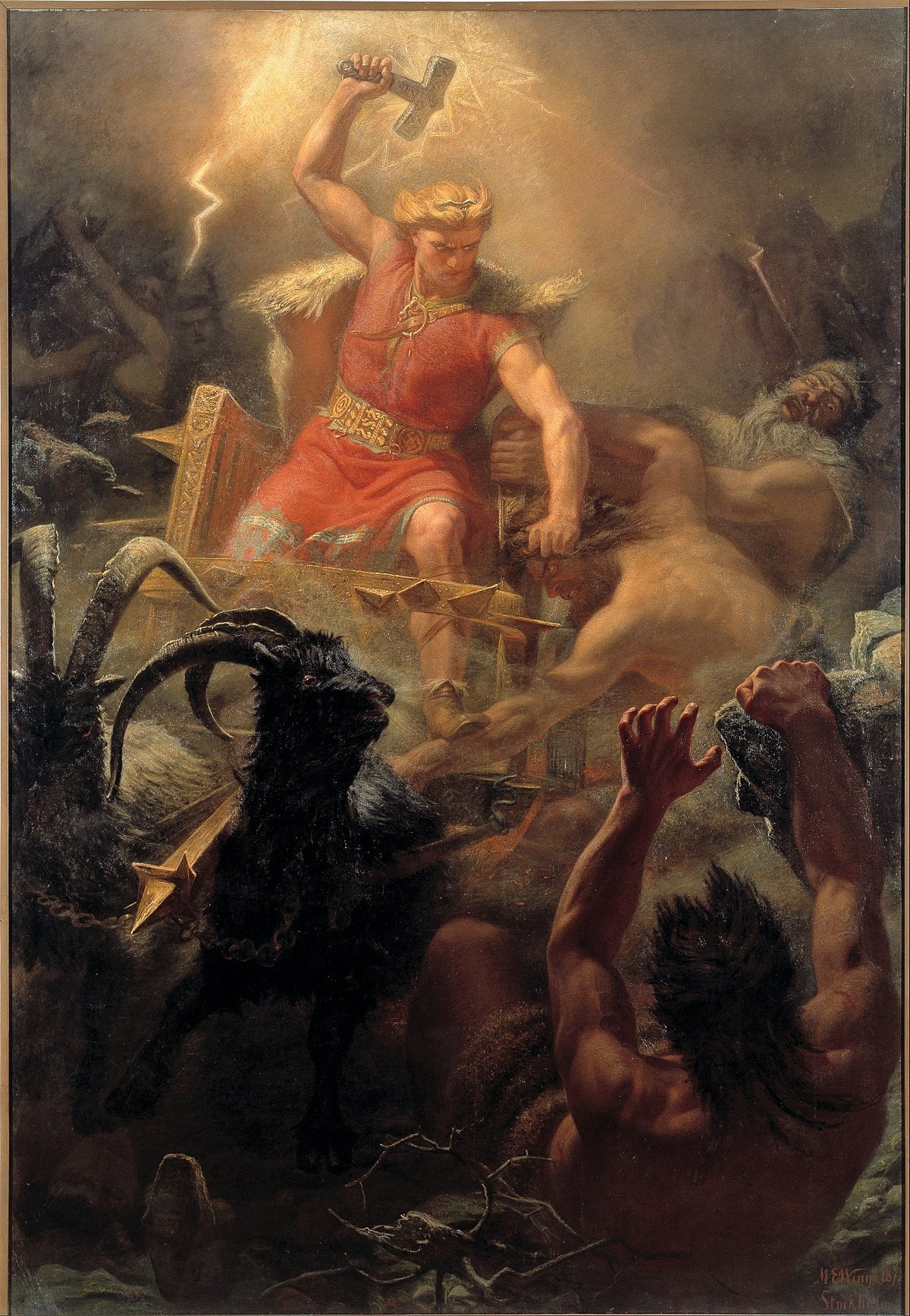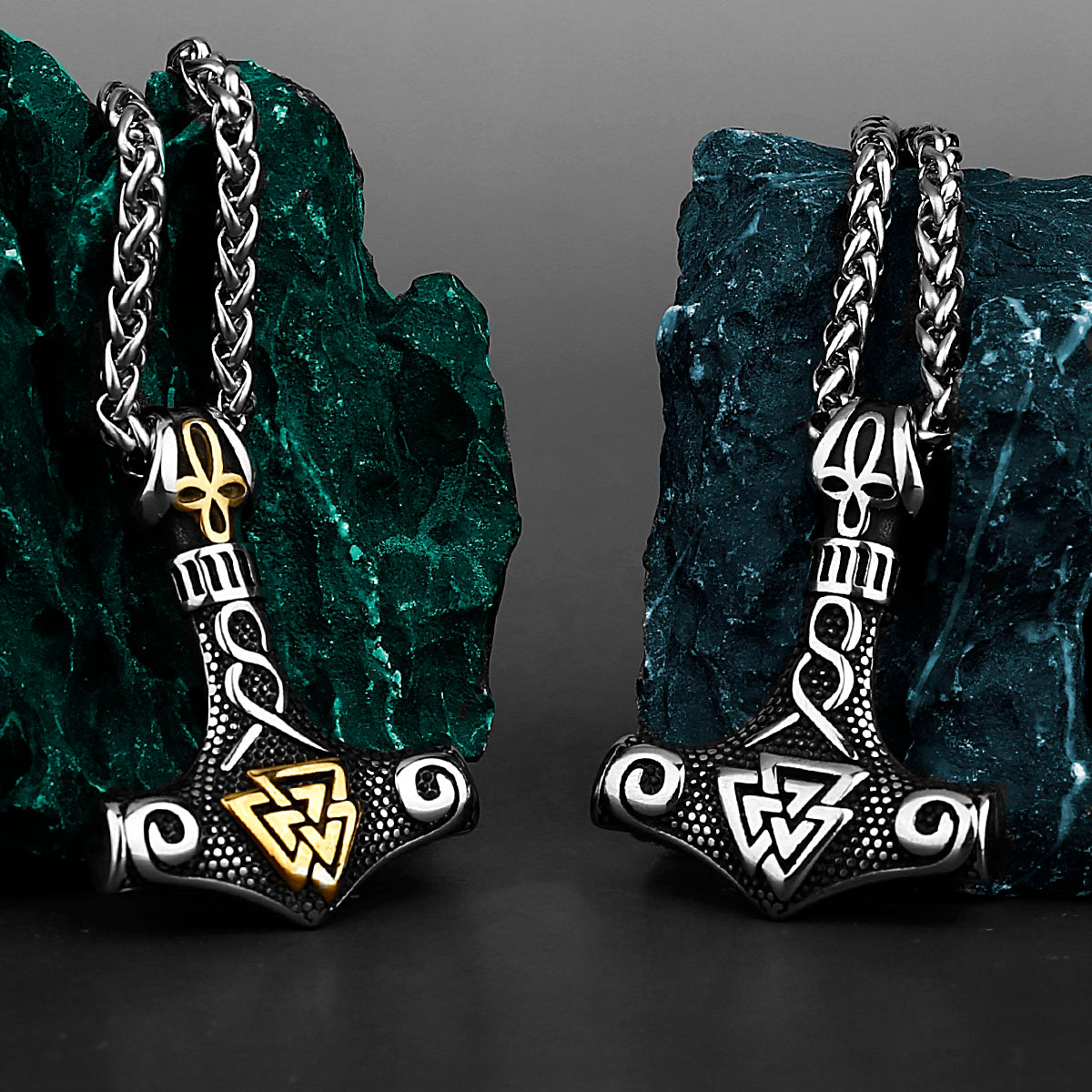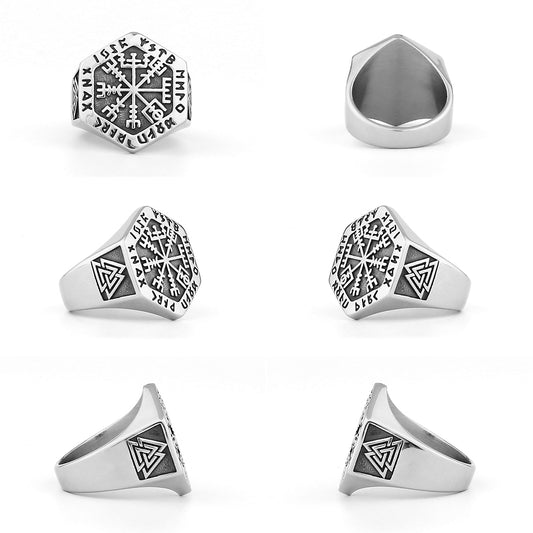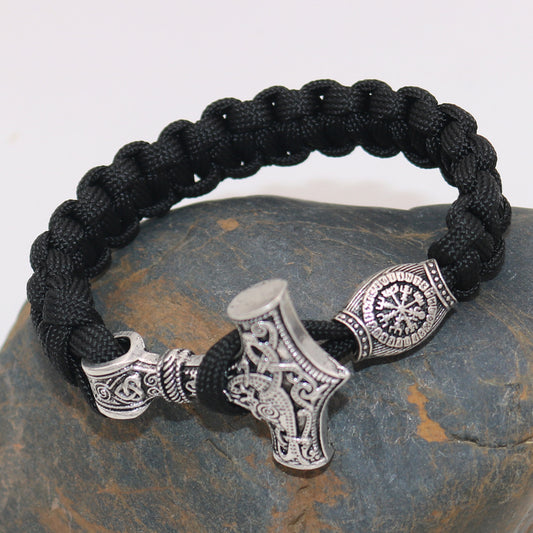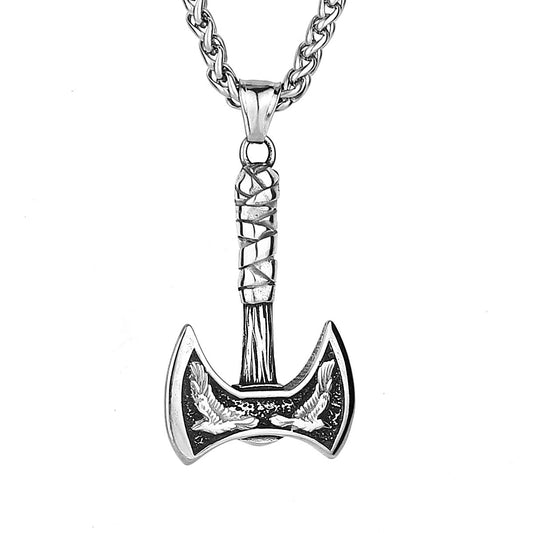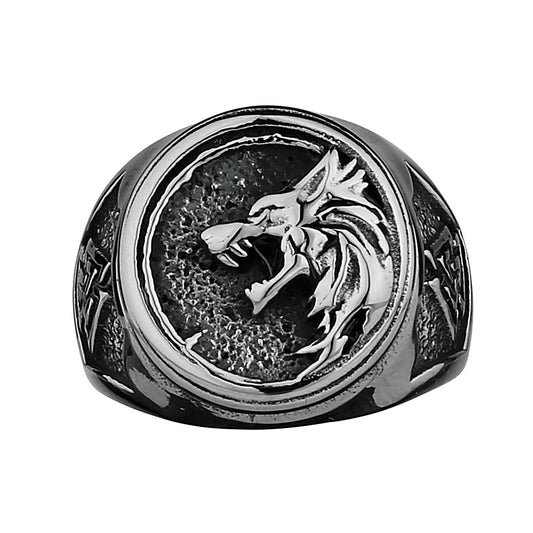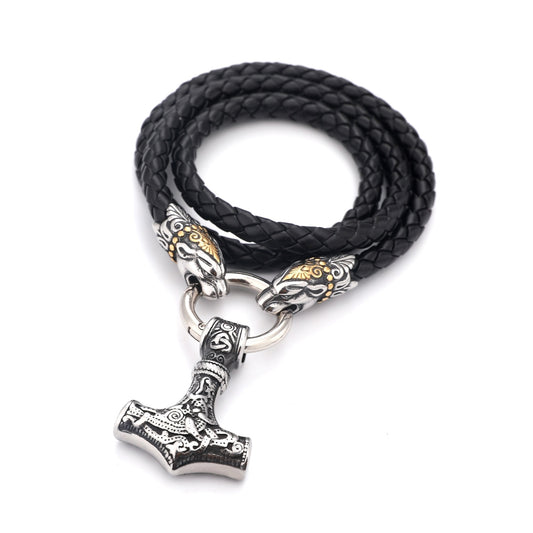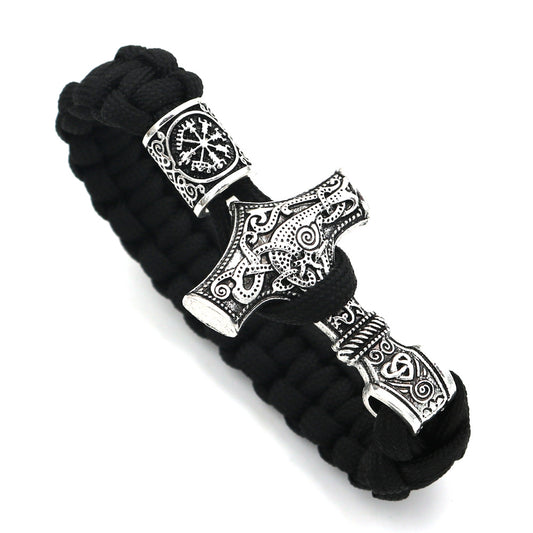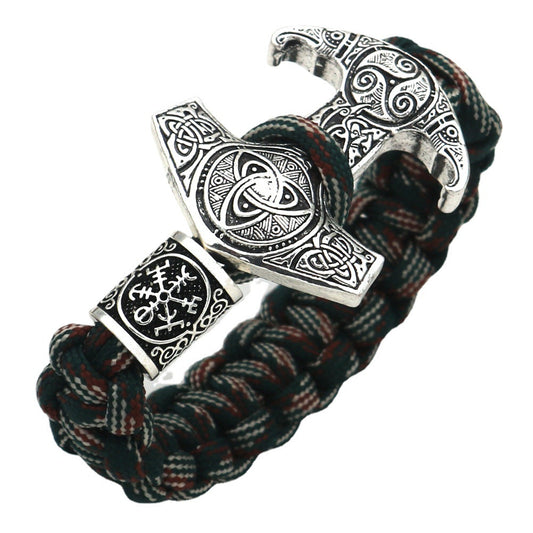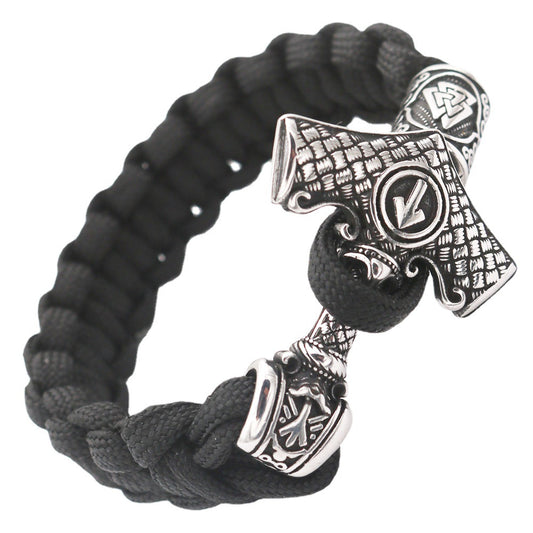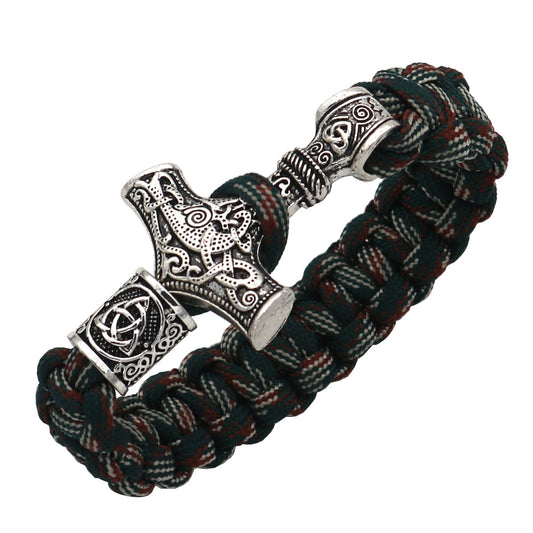Featured products
Viking Symbols and Meanings
-
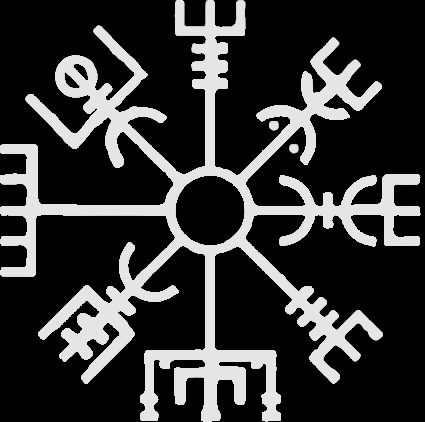
Vegvisir (Viking Compass)
Vegvisir means “That Which Shows the Way.”This symbol was a visual spell of protection against getting lost (particularly at sea) – something that would have been very, very important to the Vikings.
-
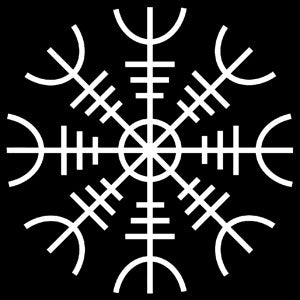
Ægishjálmr (Helm of Awe)
Helm of Awe, is a magical Icelandic symbol of protection and victory.The Helm of Awe is mentioned in several of the Eddic poems as being used by both warriors and even dragons!
-
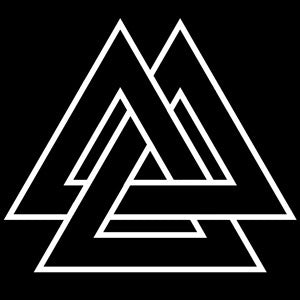
Valknut (Knot of the Slain)
The Valknut is most-commonly believed to be the symbol of these slain warriors. The exact meaning of the three interlocking triangle shapes is unknown. Clues arise from Celtic and Neolithic art from Northwestern Europe in which interlinking triple shapes are common indicators of magical power and magical essence.
-

Yggdrasil (Tree of Life)
Yggdrasil is the vast “ash tree” that grows out of the Well of Destiny (Urðarbrunnr).All nine worlds or nine dimensions are entwined in its branches and its roots. Yggdrasil, therefore, serves as a conduit or pathway between these nine dimensions that the gods might travel. If this all seems a little difficult to imagine, you are not alone.
-
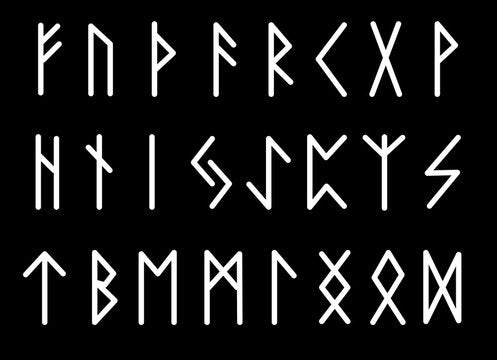
Runes (Norse Alphabet)
Rune casting was another magical use of runes in the Viking Age. Rune casting or “casting rune sticks” involves spilling pieces of bone or wood (each carved with a rune) onto a piece of cloth.
-
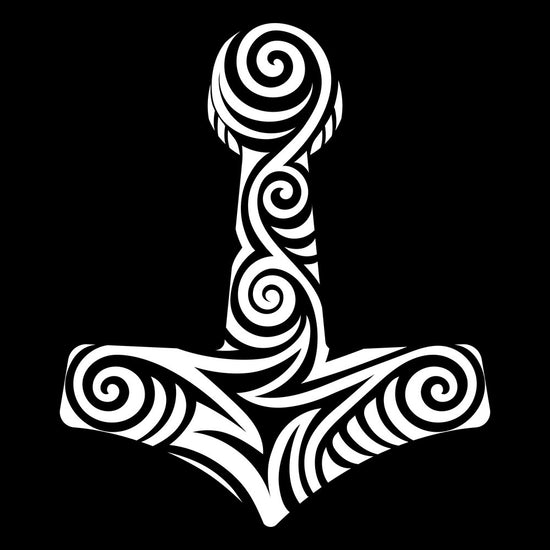
Mjolnir (Thor's Hammer)
Mjölnir (me-OL-neer) means grinder, crusher, hammer and is also associated with thunder and lightning. When the Vikings saw lightning, and heard thunder in a howling storm, they knew that Thor had used Mjölnir to send another giant to his doom.
-
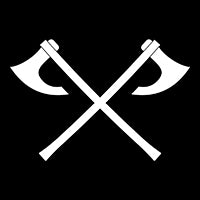
Viking Axe
The most famous, and perhaps most common, Viking weapon was the axe. Viking axes ranged in size from hand axes (similar to tomahawks) to long-hafted battle axes. Unlike the axes usually depicted in fantasy illustrations, Viking axes were single-bitted (to make them faster and more maneuverable).
-

Triskele (Horns of Odin)
The Horns of Odin (also referred to as the horn triskelion or the triple-horned triskele) is a symbol comprised three interlocking drinking horns. The exact meaning of the symbol is not known, but it may allude to Odin's stealing of the Mead of Poetry. The horns’ names were Óðrœrir, Boðn, and Són. The symbol has become especially significant in the modern Asatru faith. The Horns of Odin symbol is also meaningful to other adherents to the Old Ways, or those who strongly identify with the god Odin.
-
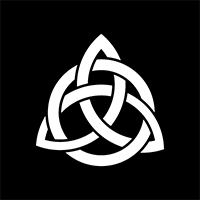
Triquetra (Celtic Knot)
The Triquetra or the Trinity Knot is comprised one continuous line interweaving around itself, meaning no beginning or end, or eternal spiritual life. This symbol was originally Celtic, not Norse, but with increased contact and assimilation between the Vikings and the peoples of Ireland and Scotland, the Triquetra and other Celtic symbols/motifs became culturally syncretized.
-
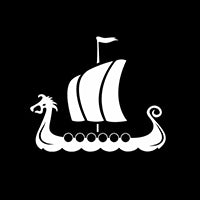
Longship
The longship was the soul of the Viking. The word "Viking" does not simply mean any medieval Scandinavian, but rather a man or woman who dared to venture forth into the unknown. The longship was the means by which that was accomplished.
-
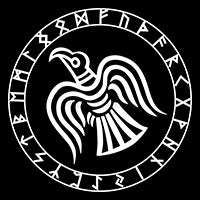
Hugin and Munin (Raven)
Odin is often called hrafnaguð – the Raven God – and is often depicted with Huginn (HOO-gin) and Muninn (MOO-nin) sitting on his shoulders or flying around him.
-
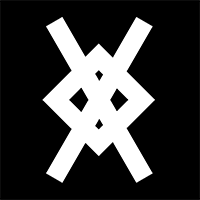
Gungnir
Gungnir is Odin’s spear, and a symbol that is closely associated with this god of inspiration, wisdom, and war. Gungnir was made for Odin by the sons of Invaldi, dwarves who were the master craftsman who also made the goddess Sif’s golden hair, and Frey’s famous ship, Skidbladnir. Gungnir is a magic spear, with dark runes inscribed on its point. Gungnir never misses its target.
-
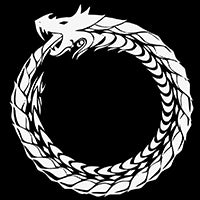
Jörmungandr ( World Serpent )
Jörmungandr is the Midgard Serpent (also
World Serpent) in Norse mythology who
encircles the realm of Midgard. He is the son of
the god Loki and the giantess Angrboða and
brother of the great wolf Fenrir and Hel, Queen
of the Dead. At Ragnarök, the Twilight of the
Gods, he slays and is slain by the god Thor.
-

Web of Wyrd
As one of the lesser-known Nordic symbols, the Web of Wyrd is a
symbol in Norse mythology that represents the
interconnectedness of past, present and future.
According to the myth, the Web of Wyrd was
woven by the Norns/Nornir, the Shapers of
Destiny in Norse mythology.
-
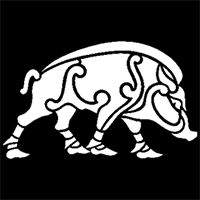
Boars (Nordic and Celtic)
There are numerous other animal motifs in Norse art and culture. Many of these are the fylgja (familiars or attendant spirits) of different gods. Thor had hisgoats, and Heimdall had hisrams. Freya had a ferociousboarto accompany her in war, named Hildisvini ("Battle Swine").
-
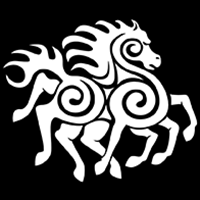
Sleipnir (8-Legged Horse )
Sleipnir (SLAPE-neer), also known asThe Sliding Oneis Odin's eight-legged stallion, and is considered by all the skalds to be "the best of horses." This title should be no wonder, as Sleipnir can leap over the gates of Hel, cross the Bifrost bridge to Asgard, and travel up and down Yggdrasil and throughout the Nine Worlds. All this he can do at incredible speeds. While the other gods ride chariots, Odin rides Sleipnir into battle.
-
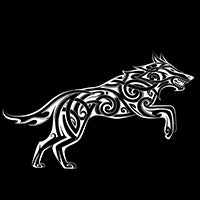
Fenrir
Fenrir is the great wolf in Norse Mythology who
breaks free from his chains at Ragnarök, the
twilight of the gods, kills Odin, and is then
killed by Odin’s son Vidarr. Fenrir is the son of
the trickster god Loki and brother of the World
Serpent Jormungandr and the jotunn Hel.
Mjolnir Pendant
